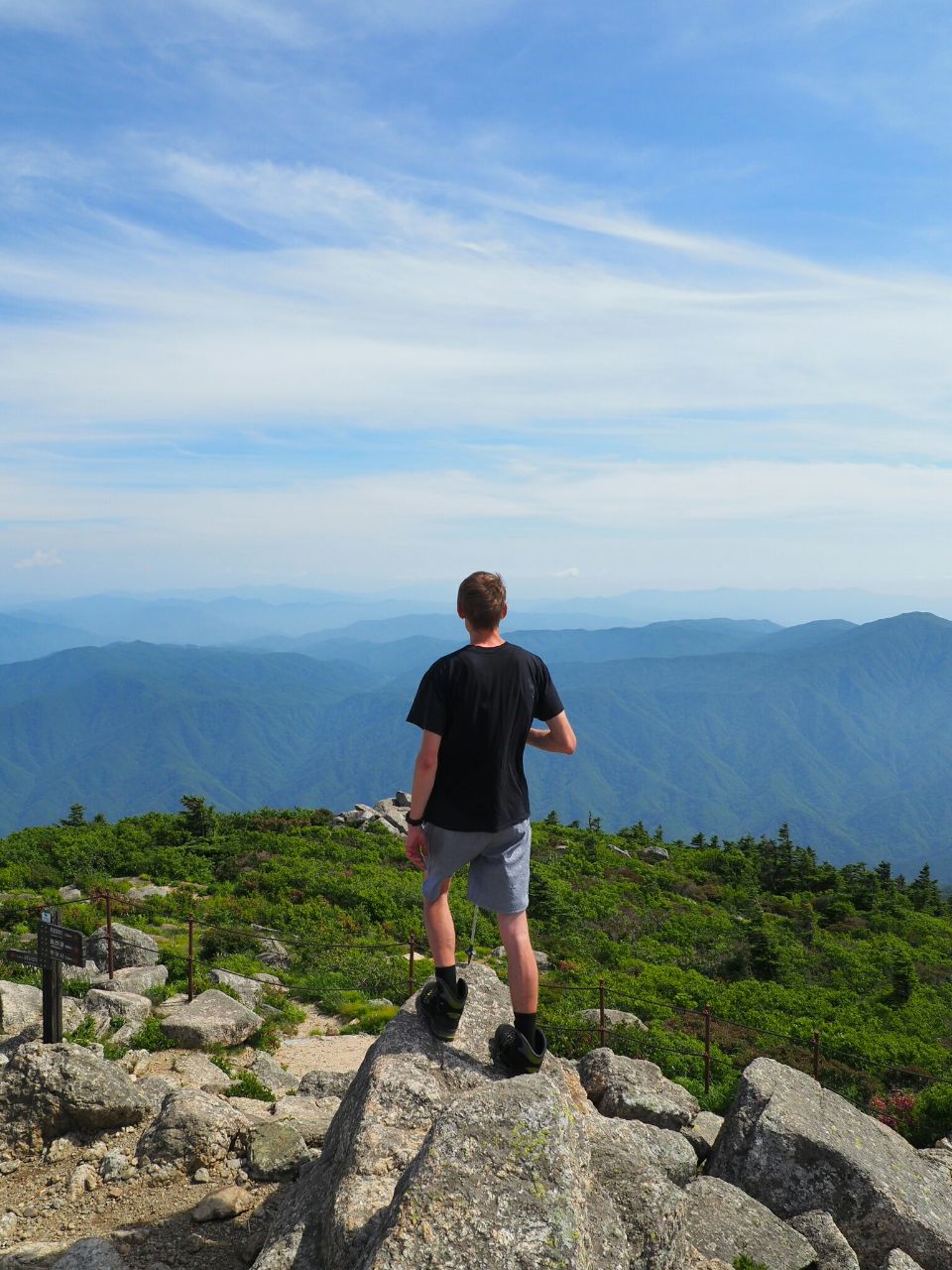
With Slow Travel the travel becomes a time of relaxation. Transport is not supposed to be a stressful interlude between home and holiday destination, but the travel itself. Slow Travel is a new and at the same time original way of facing the world. It is all about engaging with the surroundings. Slow Travel is ecologically sustainable and pleasurable.[1] Travel author Nicky Gardner formulated ten ideas how to try Slow Travel for yourself:
1. Start at home. The key to Slow Travel lies in your own attitude. This state of mind can already be developed before the travel.
2. If possible, avoid airplanes and travel slowly. Take local busses, ferries and trains. While pace prevents a relationship to the surroundings, Slow Travel is creating one.
3. The joy about being at your holiday destination might be great. But the waiting for the arrival should not overshadow the pleasure of the travel itself.
4. Visit the markets and shops of the locals.
5. Take your time and celebrate the coffee culture. Become part of a city and take a seat in a café. Then you are not a passive observer who is just passing through.
6. Get a feeling for the language and dialect of the locals. Use a dictionary, learn a few sentences and buy a local newspaper or magazine.
7. Engage with the local community and take part in the local live. Choose accommodations and food options, which match the travel destination and which the locals would choose.
8. Choose activities that also locals do – not what the travel guide recommends.
9. Value the unexpected and coincidences while traveling. Late trains or missed busses are not annoyances, but new opportunities.
10. Think about what you can give back to the locals and communities, which you are visiting.[2]
[1] See Gardner, Nicky (2020): Welcome to Slow Travel Europe, In: https://www.slowtraveleurope.eu (23.09.2020).
[2] See Gardner, Nicky (2020): Slow Travel Europe: Some guiding principles, In: https://www.slowtraveleurope.eu/slow-travel-europe-some-guiding-principles (23.09.2020).
Article by Anika Neugart